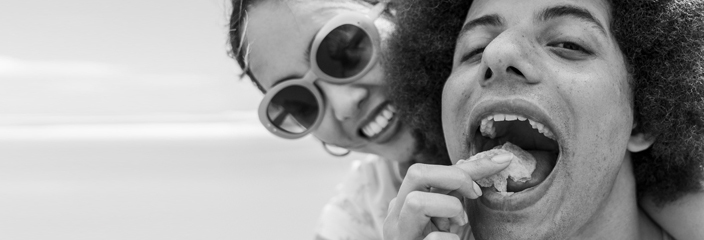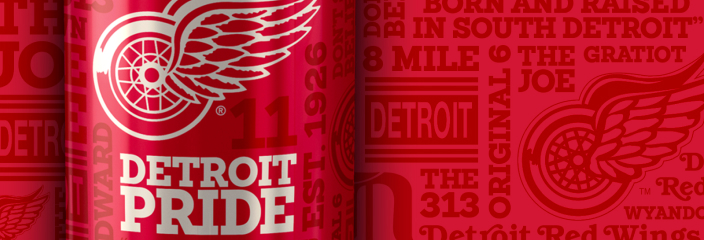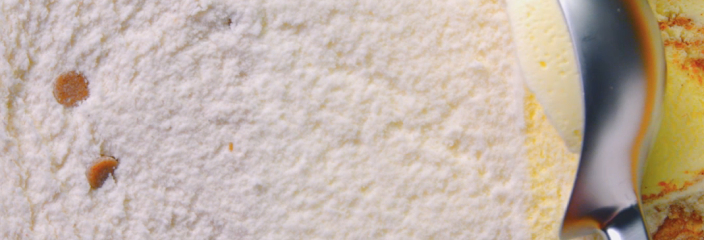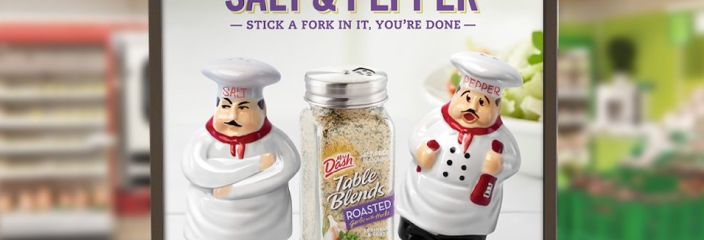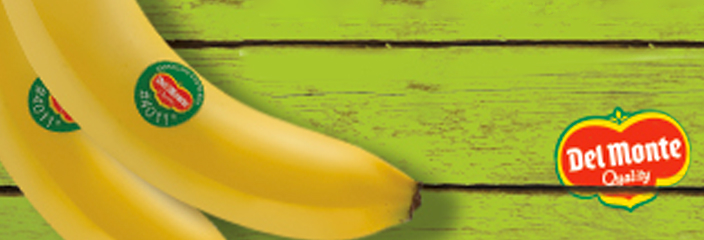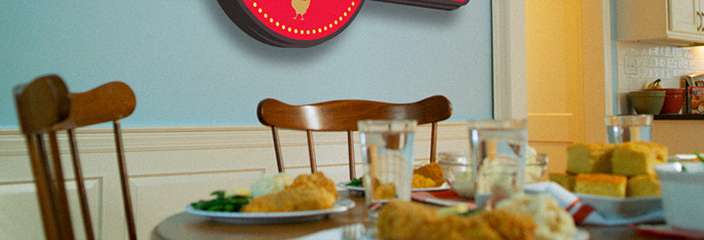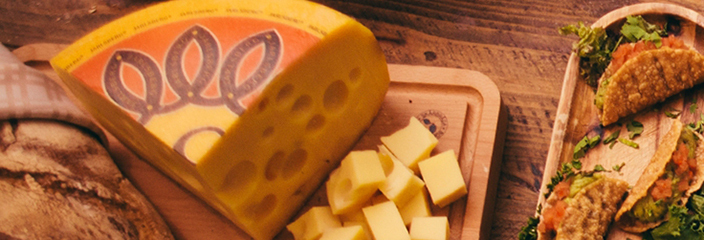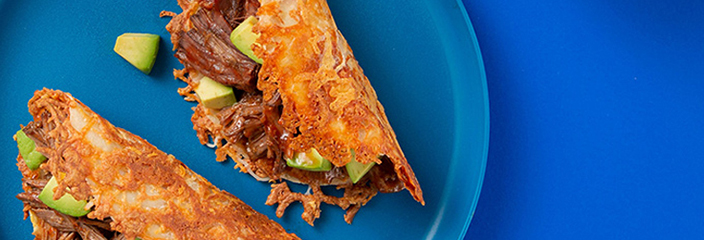The quench 2023 Food & Beverage Trends Report is chock full of insightful, impactful and actionable trends. Six of them, to be exact. We’re going to bring them all to life in a series of articles, starting with trend number one: Inflation.
Unlike some of the more unusual or quirky trends in this year’s report (and past reports), the topic of inflation isn’t all that unusual. But it does have a profound impact on so many industries — including food and beverage — which is why it earned the leadoff spot in our 2023 trends report.
While the topic of inflation is a big one — and includes things like the rising costs of ingredients, brands forced to increase the price of their products and changing consumer spending habits — we’re focusing today on a particularly fascinating part of the inflation equation, a side-effect called “shrinkflation.”
In the simplest of terms, shrinkflation happens when brands decrease the size or quantity of a product — or reformulating or reducing quality — while keeping the price of the product the same. The goal is to do it in the most imperceptible of ways, avoiding notice (and backlash) by consumers.
Restaurants will do it by decreasing the size of an entree, but CPG brands (we won’t mention specific names) have perfected the subtle yet deceptive art. Everything from ice cream to soft drinks to potato chips is affected by the trend. One popular sports drink brand increased the size of the dent in the bottom of its bottles. (FUN FACT: In the wine industry, that dimple is called a punt.) Another brand cut costs by decreasing the amount of frosting on its iconic toaster pastries.
Even toilet paper and paper towels aren’t immune. A roll of paper towels that once offered 98 sheets per roll is now 90 sheets per roll. That missing 8% might not seem like much (that’s the goal), but the impact on a brand’s year-end bottom line can be huge.
Some shoppers have noticed, and most aren’t happy about it, even if they do understand why it’s happening.
Bottom line: Inflation is a necessary and unavoidable part of our economic cycle. And even when it’s not “trending,” it’s only a matter of time before it is. The only question is, how will your brand respond to it?


